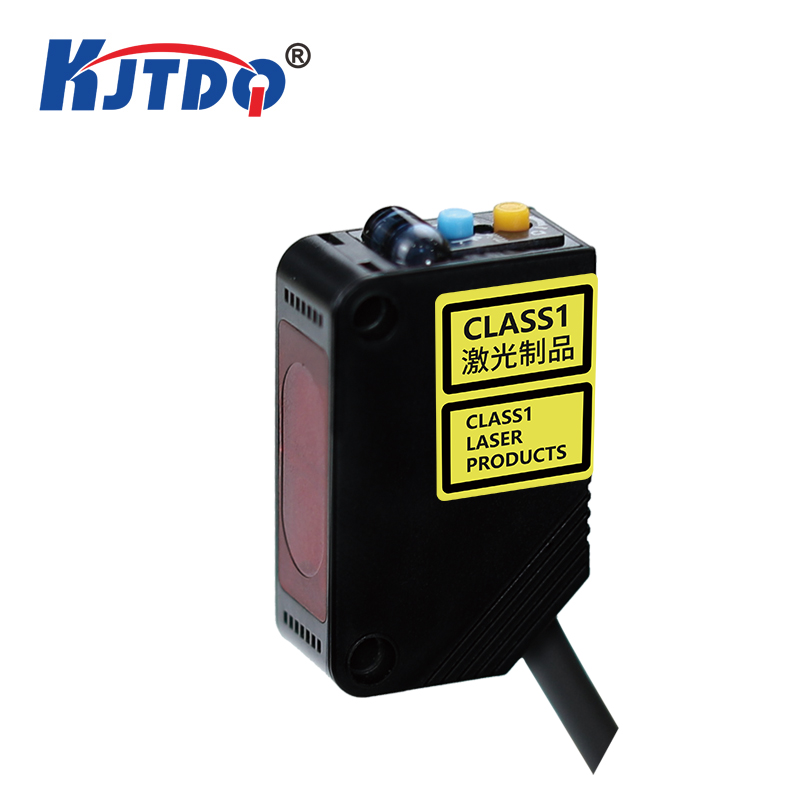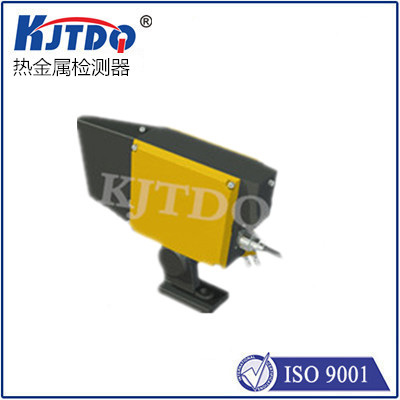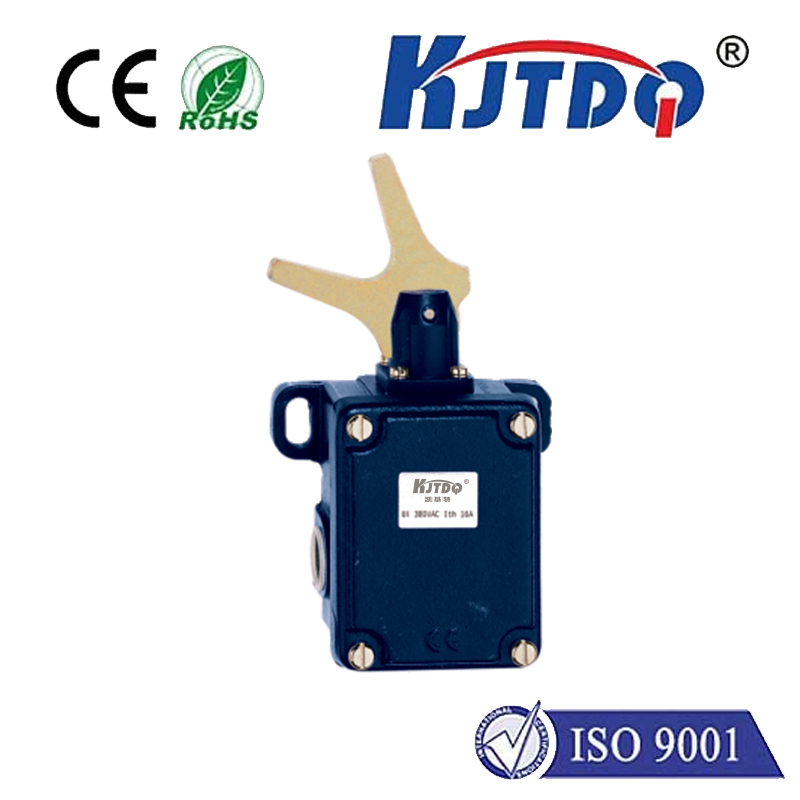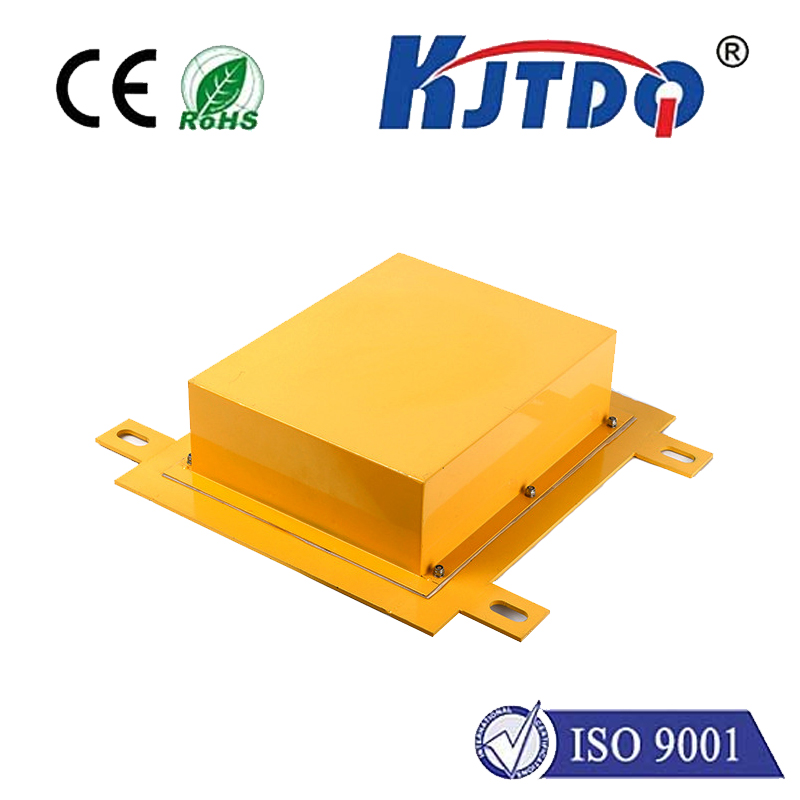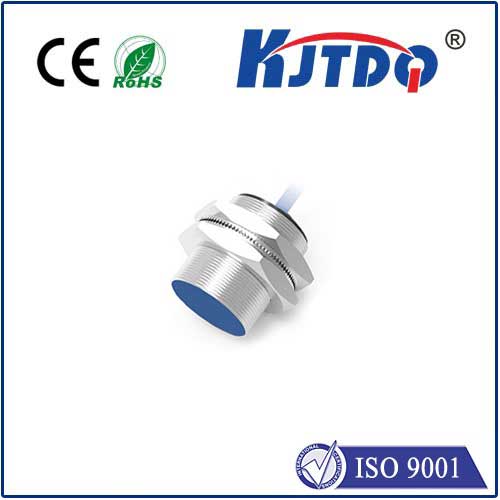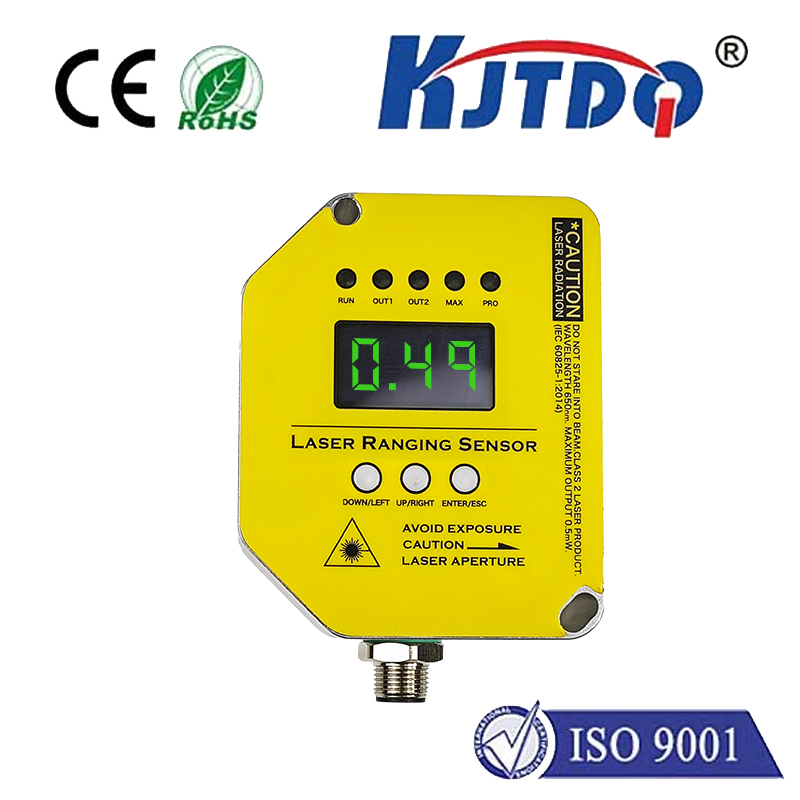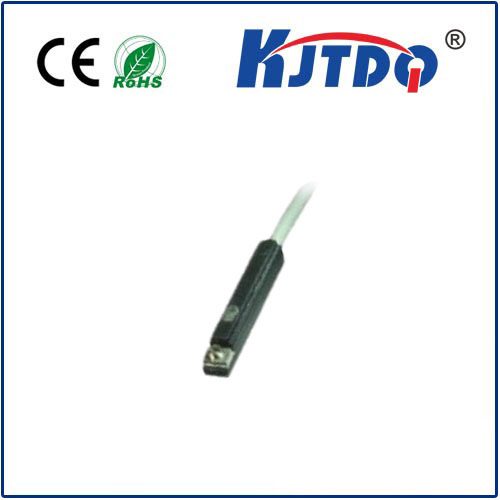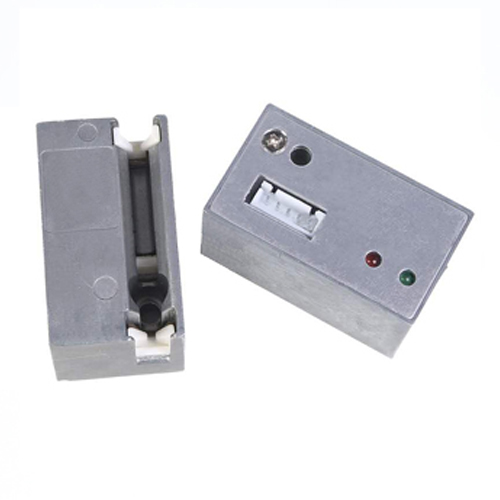

check

check

check

check

check

check

check

check

check

check
The Importance of Industrial Limit Switches in Automation
Industrial limit switches are essential components in the automation industry. They play a crucial role in ensuring the safety and efficiency of various industrial processes. This article will explore the importance of industrial limit switches, their applications, and how they contribute to the success of automation systems.

Firstly, let us understand what an industrial limit switch is. A limit switch is a device that detects the presence or absence of an object or mechanical motion within its sensing range. It is typically used to control the operation of machinery by sending signals to other control systems when certain conditions are met. Industrial limit switches are designed to withstand harsh environments and heavy duty use, making them ideal for use in industrial settings.
One of the primary functions of industrial limit switches is to ensure the safe operation of machinery. By detecting the position of moving parts, such as conveyor belts or robotic arms, limit switches can prevent accidents caused by overtravel or collisions between machines. This not only protects equipment from damage but also safeguards workers from injury.
In addition to safety, industrial limit switches also improve the efficiency of manufacturing processes. They can be used to automate repetitive tasks, reducing the need for manual intervention and increasing productivity. For example, limit switches can be integrated into assembly lines to trigger specific actions at certain points, such as starting or stopping conveyors or activating other machines.
Furthermore, industrial limit switches can enhance the accuracy and consistency of manufacturing processes. By monitoring the position of components during production, they can help maintain precise tolerances and reduce waste. This leads to higher quality products and increased customer satisfaction.
In conclusion, industrial limit switches are critical components in the automation industry due to their role in ensuring safety, improving efficiency, and enhancing accuracy. As technology continues to advance, it is likely that these devices will become even more integral to industrial processes. By understanding their importance and incorporating them into automation systems, manufacturers can achieve greater success in their operations.
